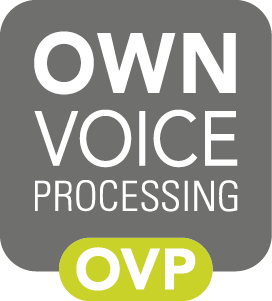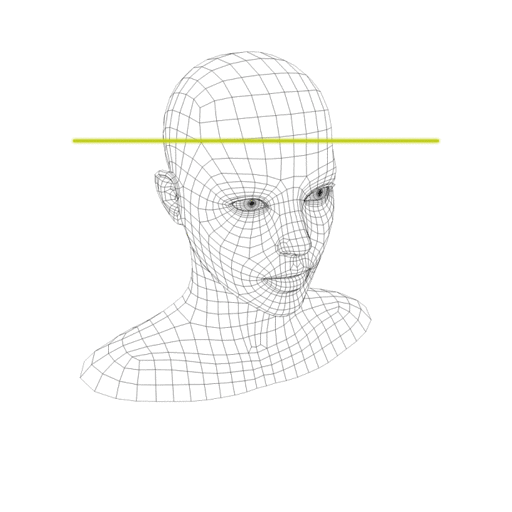Signia Nx Sound Quality & Own Voice Processing
Rebecca Herbig AuD

A high level of sound quality is vital for new hearing aid wearers who have to adapt to hearing the world via an electronic device. This is especially important for the sound quality of the wearer’s own voice. Hearing care professionals often resolve own voice complaints by reducing amplification, with the unintended consequence of decreased speech intelligibility. With the new Signia Nx™, this is no longer an issue—because of the revolutionary technology called Own Voice Processing (OVP™).

Own Voice Processing (OVP) acoustically scans the wearer’s head during the fitting process, and learns to recognize when the wearer is speaking. After the acoustic scan is performed, a dedicated setting is applied when the wearer is speaking. When the wearer is not speaking, sounds are amplified normally. In other words, Nx hearing aids employ two distinct processing strategies—one for own voice and one for all other external sounds. Conventional hearing aids compromise by using a single processing strategy to handle own voice and external sounds. In contrast, OVP applies optimized signal processing for both situations based on real-time detection of the wearer’s voice.
Traditionally, the audiogram is the basis for the hearing aid fitting. With OVP, the wearer’s voice is scanned as a short additional step during the fitting. During the acoustic scan, the wearer simply talks for a few seconds and a three dimensional acoustic model of the wearer’s head is created. This model is used to detect if sound originates from the wearer’s mouth, or from an external source.

Own Voice Quality: Because Signia Nx can detect the wearer’s voice, a dedicated setting—optimized for naturalness and comfort—is applied when the wearer is talking. By separating the processing of the wearer’s voice from external sounds, it is possible to simultaneously achieve comfort and audibility.
Audibility: A prerequisite for speech understanding is audibility of speech sounds. Reducing output by only 3 dB can reduce the audibility of speech by 10% (1). With OVP providing a solution for own voice issues caused by hearing aid output, audibility for external sounds can be enhanced. Even when the hearing aids are set to a prescribed target (for external sounds), the wearer will enjoy a natural perception of their own voice, and optimum audibility for external sounds. The wearer benefits from the best of both worlds.
Localization: Narrow Directionality is the clinically proven feature which enabled hearing aids to surpass normal hearing in demanding environments (2). In Signia Nx, Narrow Directionality is teamed with a new feature called HD Spatial to provide enhanced localization, without a reduction in directional performance even in loud environments with a challenging signal to noise ratio. Signia Nx achieves the best of both worlds: the spatial performance of an open strategy, with the signal to noise ratio performance of a binaural directional strategy.
Dynamic range: Signia Nx uses an extended dynamic range for enhanced sound quality for loud microphone inputs. Traditionally, analog to digital converters compress (or even clip) the input signal at levels encountered in everyday life, introducing distortion to the sound. Nx removes this limitation by providing a maximum microphone input level of 113 dB SPL to preserve the clarity of sound. The result is a clean signal which maintains natural sound in everyday life.
OVP preserves own voice quality when the wearer is talking, and allows uncompromised audibility for external sounds. HD Spatial provides enhanced localization in soft, medium, and loud environments – without reducing the clinically proven performance of Narrow Directionality. Extended Dynamic Range preserves the integrity of the amplified signal, even in very loud environments. Signia Nx delivers the highest sound quality and releases the hearing aid’s full potential for best hearing performance in any situation, even in very noisy environments.

Erik Harry B. Høydal has been with WS Audiology since 2014. Besides his audiological clinical background, Erik has been involved in research on musicians and tinnitus. He did his MSc in Clinical Health Science at the Norwegian University of Science and Technology (NTNU), and has also worked as a teacher at the Program for Audiology in Trondheim. Høydal has worked politically with awareness of hearing impairment through his engagement in The Norwegian Association of Audiologists. Having joined WS Audiology in Erlangen 2016 his work includes scientific research and portfolio management.